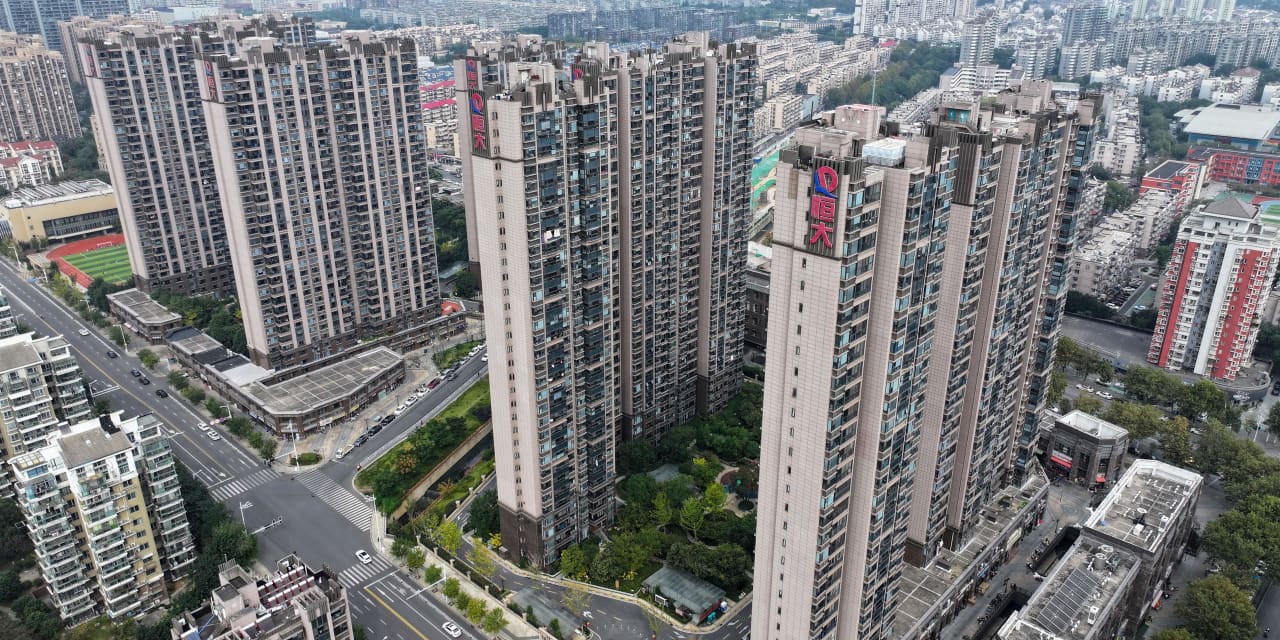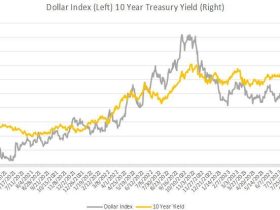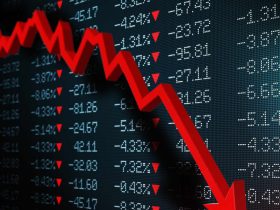China’s economy is showing signs of stabilizing but the improvements are decelerating. That could leave it in an L-shaped recovery—where the economy doesn’t see an upturn—that is unlikely to excite investors.
The
iShares MSCI China ETF
(ticker: MCHI) is down 11% so far this year. China’s recovery from three years of Covid restrictions has underwhelmed, there are concerns about the country’s longer term growth prospects, and geopolitical tensions loom.
While most analysts expect China to hit its 5% economic growth target, that may keep officials from bigger stimulus efforts, resulting in a recovery that is still anemic.
Indeed, a spate of October data from independent research firm China Beige Book show areas such as the property market still struggling to find a bottom, while there has been a slowdown in consumer spending.
Housing sales have softened in October from a month earlier and commercial real estate has had its worst showing this year. Both factory production and domestic orders also slowed.
Consumer spending is cooling, with households pulling back from big-ticket items including cars and appliances. They also are reducing their revenge spending on travel and dining out in recent months, according to China Beige Book.
Still, analysts are feeling more confident Beijing will do what is needed to create some stability, especially after it approved an additional $1 trillion renminbi government bond issuance to support infrastructure investment.
The debt will be issued not by local governments but by the sovereign, pushing headline deficit to 3.8% of GDP. It is a surprise move indicating political will to put a floor under economic activity, but also the latest signal of pain in the economy, says TS Lombard’s Rory Green in a note to clients.
Central authorities are trying to put a floor on equities, with reports Central Huijin Investment Limited—which is a part of the sovereign-wealth fund—bought exchange-traded funds. And authorities are trying to limit weakness in the yuan as part of stimulus efforts, he adds.
The next guideposts are a Politburo meeting in November and a Central Economic Work Conference in December that could offer clues to next year’s growth and fiscal outlook.
Green expects more emphasis on reallocating resources to technology sectors aligned with Beijing’s efforts to become more self-reliant, and a possible plan on how officials resolve local government debt burden.
Write to Reshma Kapadia at [email protected]
Read the full article here











Leave a Reply